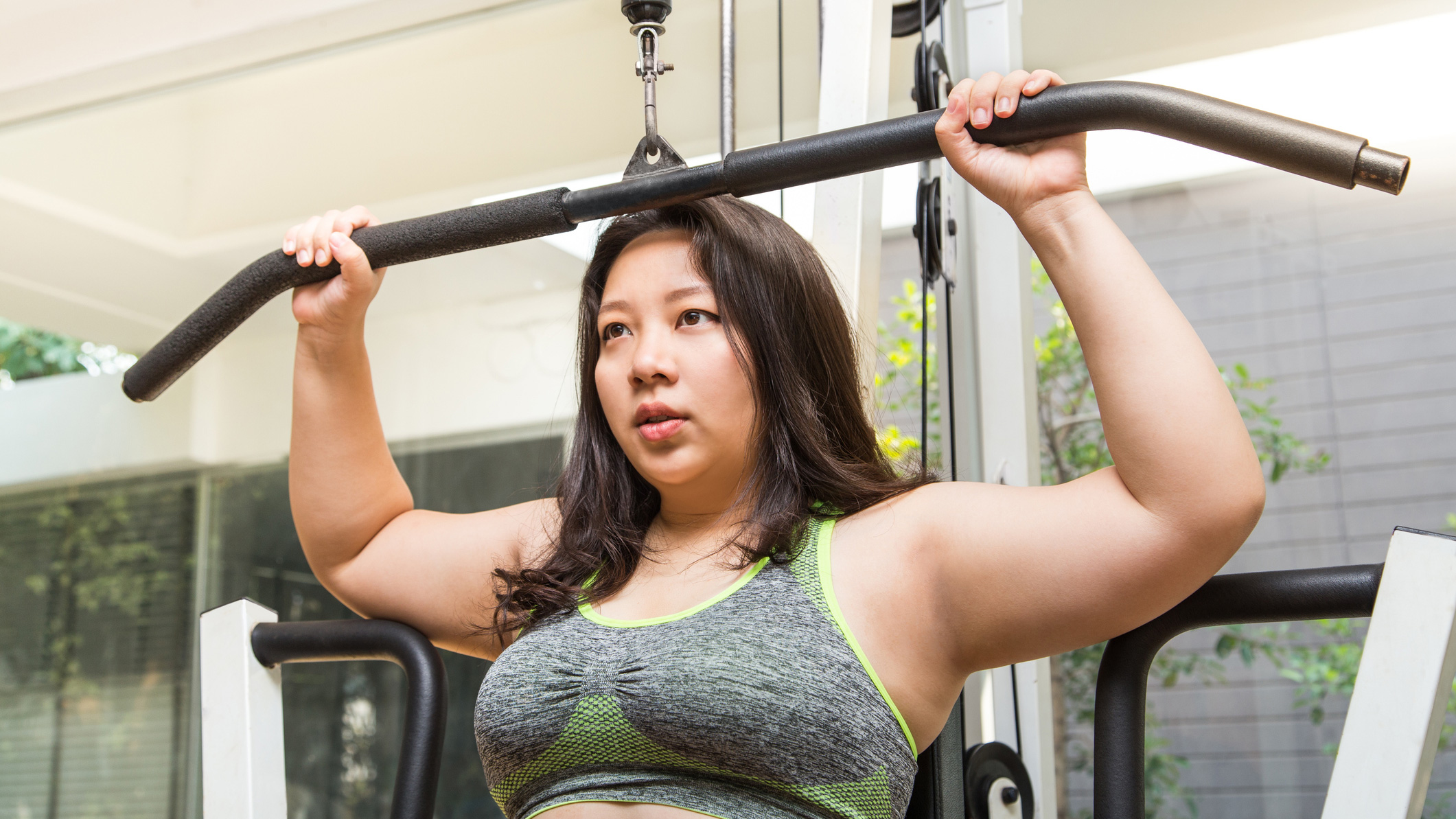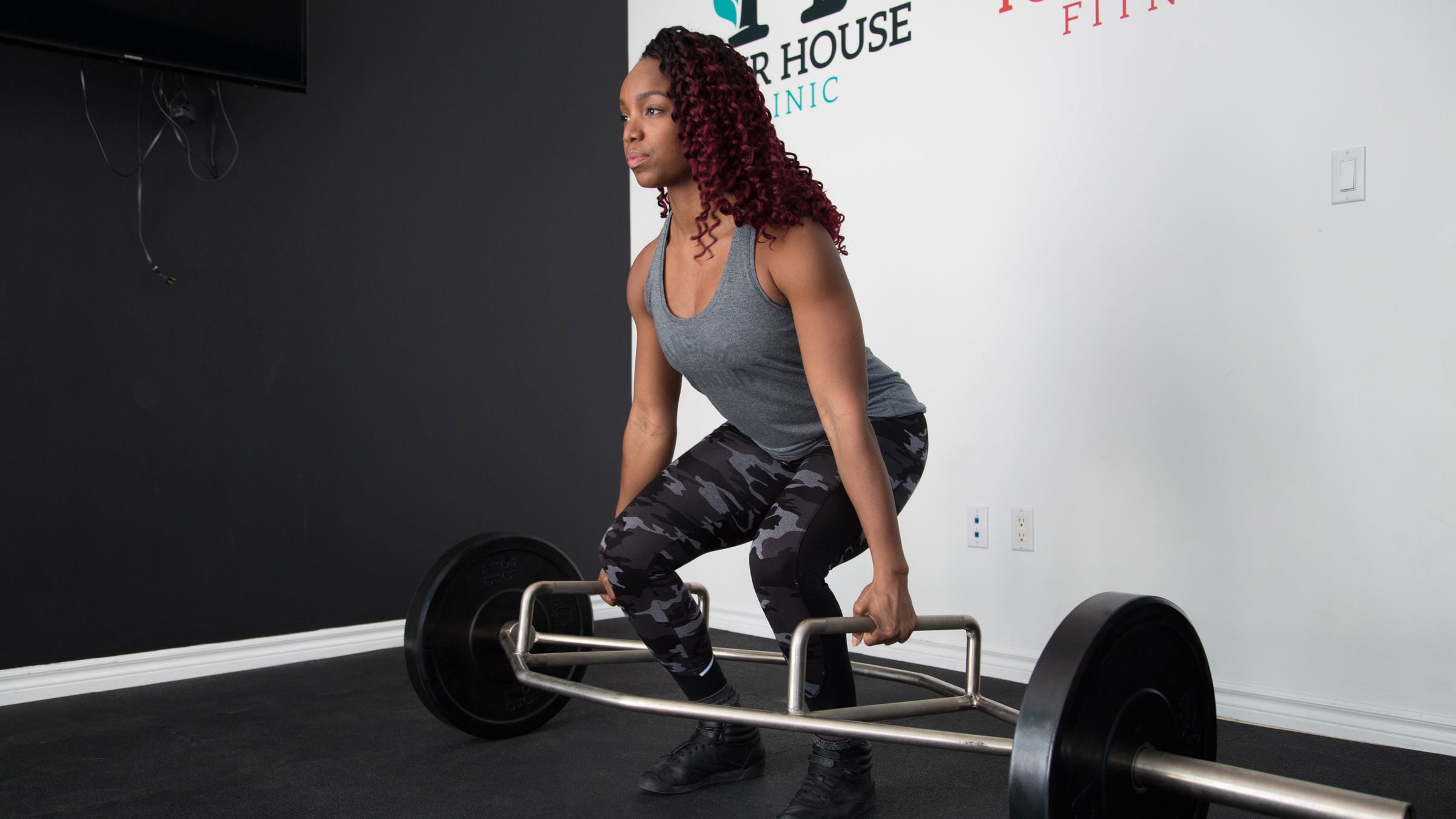Lifting heavy weights can help your body burn fat – Here's how to get started
Lifting weights changes your body on a cellular level, according to recent research


Strength training and lifting weights is hugely beneficial for anyone looking to build muscle, but also those looking to burn fat.
You'll often see slender people performing exercises using the best adjustable dumbbells or best resistance bands, and even professional bodybuilders obviously have very little fat on their bodies. Exceptions exist, such as serious powerlifters, but building lean muscle and fat loss often go hand-in-hand. It's thought part of this is thanks to muscle mass elevating your metabolism.
However, our understanding has deepened. New research from the Faseb Journal has found that muscle actually changes us on a cellular level. Looking at both mice and humans, the researchers found a common phenomenon based on the subject's fat and muscle masses.
They write: "We describe a mechanism wherein skeletal muscle, in response to a hypertrophic stimulus induced by mechanical overload, released extracellular vesicles containing muscle-specific miR-1 that were preferentially taken up by epidydimal white adipose tissue."
In layman's terms, mechanical overload (or weight training) changes our individual cells to be more susceptible to gaining muscle and less susceptible to gaining fat.

There's still a lot of research to be done, but these findings show that it's very important for everyone, not just people who want to get big, to build lean muscle, as a good fat-to-muscle ratio could theoretically help keep future body fat accumulation in check. If your main workout goal is weight loss, you should spend some of your time building muscle as well as just hitting the cardio.
In order for you to do that, we need to look at how to build muscle. Generally, it boils down to eating a lot of protein and doing more resistance training. Protein can be found in meat, fish, pulses and legumes such as peas and beans, nuts, seeds and some whole grains.
Start your week with achievable workout ideas, health tips and wellbeing advice in your inbox.
It's also conveniently packed into supplements such as protein powders. The most commonly available is whey powder, but vegan-friendly options are also available. Our best protein powder for weight loss guide is a good start if you want to know what to buy.
Resistance training can be done with just your bodyweight using calisthenics such as pull-ups, push-ups and planks, or you can build muscle using weights, bands and weighted cable machines (which is why multi-gyms are included in our best exercise machines to lose weight guide). If you're coming to resistance training for the first time, we recommend starting with a light weight—even just the bar, with no weight attached at all—and gradually increasing the weight as you grow more comfortable.
Matt Evans is an experienced health and fitness journalist and is currently Fitness and Wellbeing Editor at TechRadar, covering all things exercise and nutrition on Fit&Well's tech-focused sister site. Matt originally discovered exercise through martial arts: he holds a black belt in Karate and remains a keen runner, gym-goer, and infrequent yogi. His top fitness tip? Stretch.
